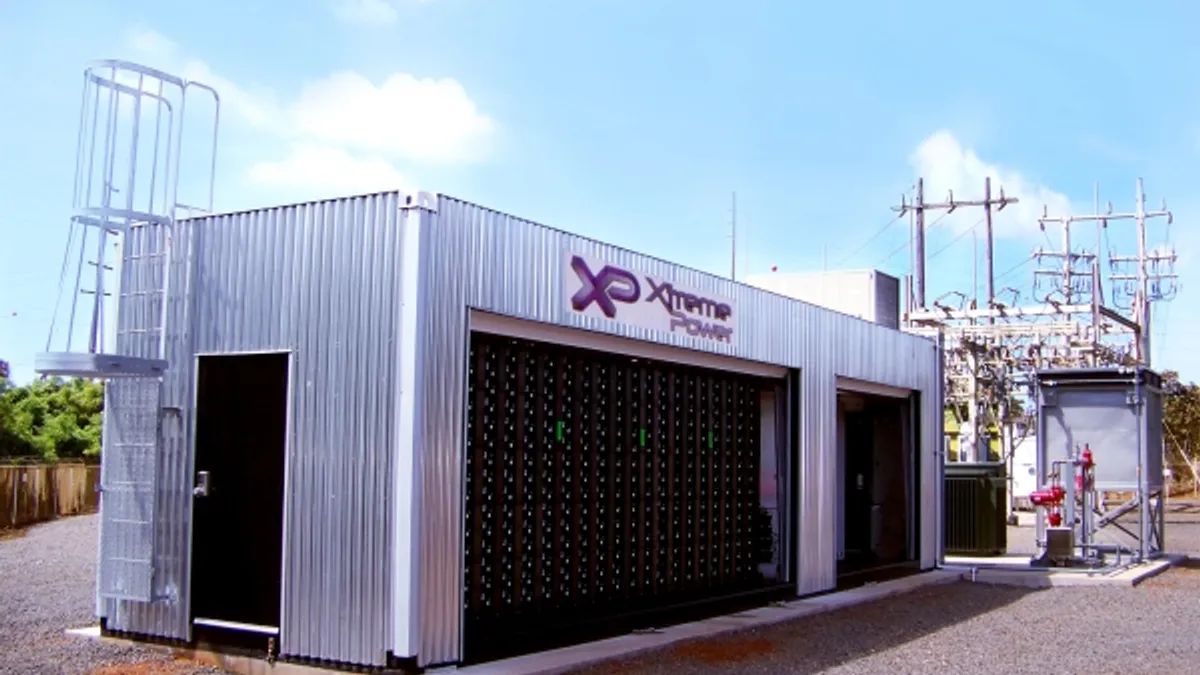Dive Brief:
- Under New Jersey’s $3 million Renewable Electric Storage Incentive program, the Board of Public Utilities (BPU) approved 13 behind-the-meter energy storage projects totaling nearly 9 MW in capacity to boost resiliency at facilities, mostly schools, considered critical for emergencies.
- The program requires storage projects to be integrated with renewable sources and they may only be charged by on-site fossil fuel generation to provide short duration ancillary services to the grid, Greentech Media reports. Because projects that take over a year to install lose 10% of the state's funding, most are expected to be online within 18 months.
- Many Northeastern states are investing in energy storage in the wake of Superstorm Sandy. Massachusetts awarded over $25 million for microgrid projects, some with storage, and Connecticut will spend $3 million for a microgrid project with 100 kilowatts of battery storage.
Dive Insight:
U.S. energy storage capacity grew 40% in 2013 and is expected to more than triple to 220 MW in 2015, confirming the opinion of over half the utility executive respondents to Utility Dive’s recent State of the Electric Utility 2015 survey that energy storage is the most important emerging technology.
Growth in energy storage is expected to continue for the next five years, reaching over 800 MW of installations in 2019 and a cumulative deployment of over 2.5 GW, according to the GTM Research-Energy Storage Association U.S. Energy Storage Monitor 2014 Year In Review.
Utility involvement in energy storage is led by California where PG&E, SCE, and SDG&E are preparing responses to the CPUC mandate for 1,325 MW of energy storage by 2024. In New York., ConEd and PSE&G have issuedRFPs for storage to help them defer T&D and load management infrastructure investments. Arizona utilities APS and TEP also each have 10 MW behind-the-meter procurements in the works, and in Texas Oncor has committed to 3-5 GW of storage by 2018.














